Description of cherries varieties Bryanochka, planting and care, pollinators
Sweet cherry has always been considered a southern plant. Gardeners and gardeners of the middle lane and northern regions could not even dream of growing fruit crops on their plots. But thanks to the many years of work of breeders, new hybrid tree varieties have been successfully bred, which are grown in temperate and cold climates. It is these varieties that the Bryanochka cherry belongs, which has already managed to fall in love with gardeners and summer residents.
The history of the emergence of sweet cherries Bryanochka
A hybrid variety of sweet cherries Bryanochka, bred by famous breeders as a frost-resistant fruit crop, recommended for planting and breeding in the central regions of the country. The new cherry variety was registered in the State Register in 2009.
The main developers of the new plant variety are the world famous breeders Kanshina M.V. and Astakhov A.A., who for many years conducted experiments to create a hybrid fruit tree.
Main pros and cons
Fruit trees of Bryanochka are capable of bearing fruit in regions with the most unfavorable climate and the lowest temperatures for other plants.
Variety advantages:
- Resistance to sudden temperature changes, frost resistance.
- High immunity to diseases and pests.
- Late fruiting.
- High taste.
- Small size of trees.
- High productivity.
- Long distance transportation.
Disadvantages:
- The beginning of fruiting occurs in the 5th year of tree growth.
- The variety is not capable of self-pollination, so it needs pollinators.
Important! Cherry Bryanochka is suitable for planting in the southern regions of the country.
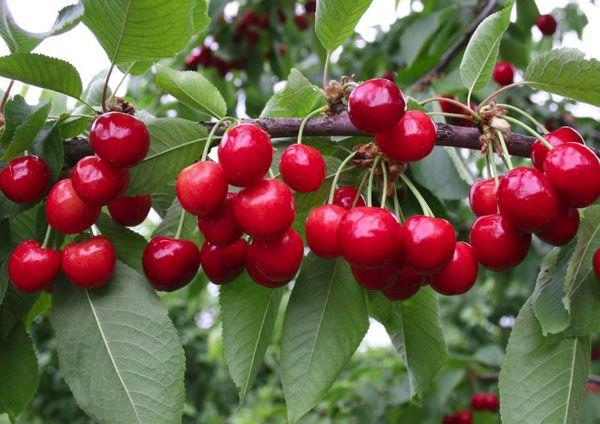
Description of the variety
A new kind of sweet cherry appeared as a result of crossing several varieties of fruit trees. One of them is the Cherry "Red dense", and the other is a hybrid species of the fruit tree CH 8-14.
Tree height and crown size
This cherry variety rarely grows to a height of 5 meters. The average tree size is 3.5-4m. Rounded crown shape with sparse, oval leaves and spreading branches.Due to the sparsely planted leaves, sunlight penetrates the berries faster, which is an important factor for fruit ripening.
Pollinators, flowering and yield
The active flowering period occurs in late spring. It was at this time that the plant becomes covered with large white inflorescences.
For fruiting, the Bryanochka cherries need suitable neighbors. Therefore, when planting seedlings, take care of the correct pollinators for cherries. The best for pollination of Bryanochka will be frost-resistant hybrids of the varieties Veda, cherry Tyutchevka or Iput.

Also, any varieties of fruit trees in which the flowering period falls on the same time are suitable. If cherries are planted in neighboring plots, then it will become a suitable pollinator for your trees. Berries with a sweet, juicy pulp are protected by a dense skin. The average fruit weight is 4.5 g, in some cases there are larger berries, up to 7-7.5 g.
The yield of the variety is high. With proper care, an adult plant brings up to 50 kg per season. delicious and juicy berries.
Transportability and scope of berries
The dense skin of the fruit allows you to transport the crop over long distances without losing the presentation and taste. During transportation, the fruits do not wrinkle or spoil. Therefore, the variety Bryanochka is grown not only in gardens and vegetable gardens, but also on an industrial scale.
Delicious, juicy fruits are recommended for fresh consumption. They are also used for making desserts, juices and nectars, canning, making jams, preserves and confitures. And for using berries in winter, cherries are frozen.

Cherry propagation
There are several ways to propagate your favorite cherry variety in your garden or vegetable garden.
- Propagation by bones. If this is the case, do not expect to get exactly the type of plant you planted. When propagated by seeds, hybrid varieties lose many of the qualities they have grafted into.
- Propagation by cuttings. This method of growing new trees makes it possible to get strong, viable seedlings.
- Cherry grafting. In most cases, this method rejuvenates already old trees that have ceased to yield.
Important! When choosing any of the breeding methods, the climatic conditions of the region where the tree is planted are taken into account.
Culture characteristics
Cherry varieties Bryanochka were bred specifically for cultivation in different climatic zones. Therefore, the plant has certain properties and characteristics that are necessary for proper growth and care.
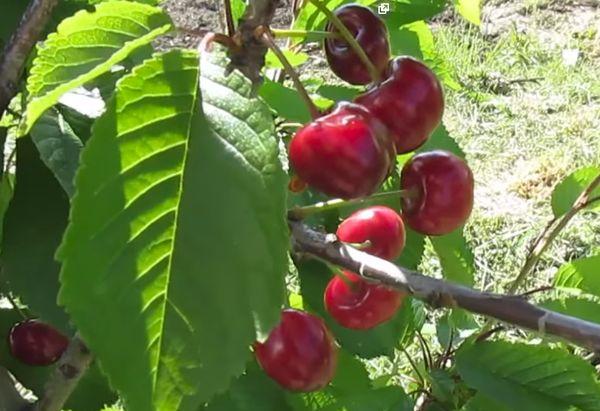
Resistant to low temperatures and drought
The tree is capable of withstanding severe frosts and sudden temperature changes. Even after the cold winters, Bryanochka quickly recovers and begins to actively grow and develop. A flowering plant can also withstand small frosts. Cherry does not like excess moisture. But in case of drought it requires additional watering.
Susceptibility to disease and parasite infestation
The trees of the Bryanochka variety have natural immunity against clasterosporiosis, moniliosis and coccomycosis. But so that the plant does not undergo other fungal diseases, it is enough to take proper and timely care of it.
The main enemies of cherries are aphids and cherry fly. Pests not only destroy the crop, but are able to completely destroy the plant.
Planting cherries
Correctly and timely work on planting cherry seedlings Bryanochka is a guarantee of a large harvest of delicious berries in the future.
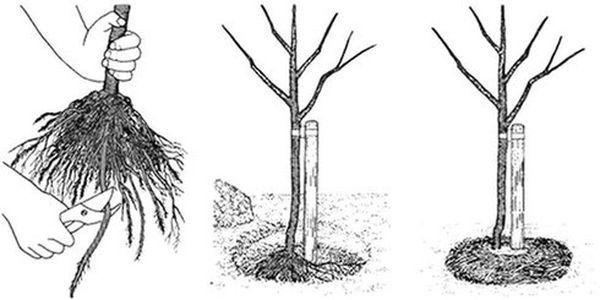
Optimal timing
The planting time depends on the climatic conditions of the region in which the tree will grow. In a warm southern climate, planting work is carried out in the fall. Young saplings have time to take root and easily endure mild winters.
But in the middle zone of our country and its northern part, planting work is carried out in early spring.Over the summer, seedlings gain strength and nutrients, with the help of which it is easier for them to endure harsh winters.
Selection and preparation of a site and a landing pit
Trees are planted in flat areas or small hills well ventilated and illuminated by sunlight.
Important! There should be no groundwater on the land plot allocated for planting seedlings.
The soil for the planting pit is prepared in advance. Usually, such work is carried out in the autumn, even if planting of seedlings is planned in the spring months. Lime is added to the soil with a high acid content. For the autumn planting of trees, the soil and the pit are prepared 2-3 weeks before the planned work. For this, a hole is dug with a depth of 60-70 cm., Diameter 80-90 cm.
Organic and potash, phosphate fertilizers and top dressing are added to the dug planting hole. The soil with fertilizers is prepared in advance and only after 2 weeks young seedlings are planted in the pit.
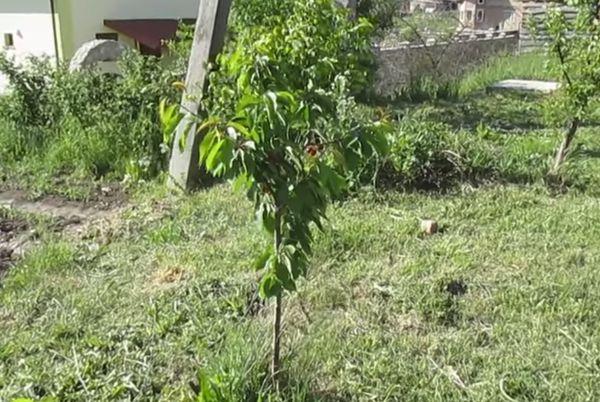
Do's and don'ts to plant next to a crop
The best neighbors for Bryanochka will be any other varieties of this fruit tree, cherry, plum or cherry plum. The rare foliage of the tree transmits sunlight well, so a flower garden under the plant will be appropriate. But the neighborhood with a pear, currant or apple tree is not suitable for cherry. This is due to the powerful root system of the sweet cherry, which will prevent other plants from developing.
How to prepare a seedling
It is recommended to purchase planting material for fruit hybrids in nurseries or specialized garden centers. The seedling must meet the following standards:
- The root system has no damage, putrefactive, fungal and other manifestations, well hydrated.
- The seedling has many branches. If there are leaves on the branches, then they are checked for pests and rot.
- The main trunk, which is also a conductor, should not have branches.
Before planting, carefully examine the roots and remove damaged ones. Next, the seedlings are placed in water. If the plants were well moistened, then 2-3 hours is enough. Seedlings with a dry root system are left in water for 10-12 hours, and only then are planted in open ground.

Planting technology
Insert a seedling into a hole prepared in advance. Place the roots evenly in the hole and dig in with earth. There should be no voids between the roots of the tree. Thoroughly compact the earth around the planted plant and form a small ditch around the tree, into which 2-3 buckets of water are poured.
How to care for Bryanochka
Correct and timely care of the Bryanochka cherry variety will increase the yield of useful berries.
Watering and feeding the tree
Sweet cherry does not tolerate excess moisture. The plant is watered abundantly only 3 to 5 times during the entire season. If cherries are grown in drought conditions, then irrigation work is carried out more often.
- The first time the tree is watered abundantly in the spring before the onset of the growing season.
- The following irrigation activities are carried out during the cherry blossom period.
- The tree also needs abundant watering to form fruit.
- The last and most important watering occurs in late autumn.
Important! Prolonged rains will not benefit the plant. Therefore, during bad weather, it is recommended to cover the soil around the tree with moisture-proof materials.
Plant feeding is carried out simultaneously with watering.
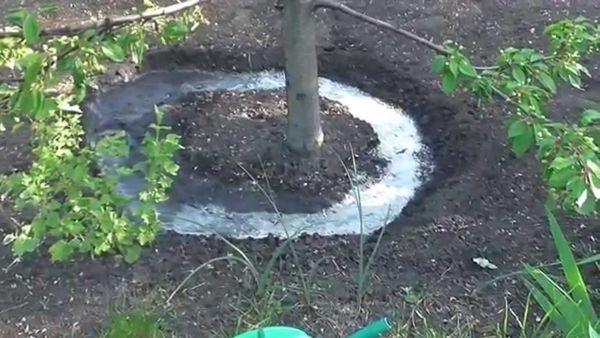
In the first years of growth, sweet cherries do not need additional nutrition, and only from 3-4 years old the tree is fertilized.
- During the growing season, the tree requires nitrogen fertilization.
- With the active formation of ovaries - organic.
- The last time the tree is fed before winter rest.
Irrigation work is carried out with settled, warm water in a well-loosened soil.
Barrel circle care
Caring for the near-stem circle will protect cherries from fungal diseases and pests of the root system. The soil is cleared of weeds and thoroughly loosened. Also a useful procedure is mulching the trunk circle with dry grass or sawdust.
Pruning rules
Formative pruning is done every spring, starting from the first year the tree grows in your garden or vegetable garden. New layers of the tree are formed every year from the strongest branches. The rest of the bends are cut off.

Also, the cherries carry out sanitary pruning. During this procedure, dry, damaged and frozen twigs are removed. At the beginning of autumn, weak and extra branches are cut off from the plant. Such activities will allow the tree to more easily endure winter frosts.
Disease prevention
To grow a strong, healthy and fruitful tree requires preventive measures against diseases. In early spring, cherries are sprayed with a solution of urea or copper sulfate. The plant's trunk circle is also subject to processing. Places of cuts and floors are processed with garden varnish.
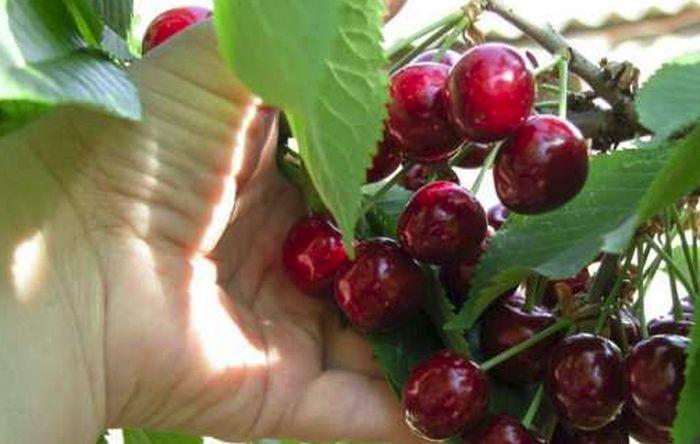
Before the winter rest, special preparations are used that will help the tree painlessly endure hibernation.
Protection of cherries from pests
At the beginning of spring, it is recommended to treat the plant with special preparations that prevent the development of pests on the plant. Such treatments are repeated throughout the season.
Important! Chemical treatment of plants is carried out long before the beginning of fruiting and harvesting.
Preparing for winter
During the winter months, the tree should rest and gain strength for new crops. Although Bryanochka is a winter-hardy variety, for wintering it must be insulated with burlap or coniferous branches. From damage to the bark by forest animals, the cherry trunk is protected with hardboard or plywood leaves.
Before wintering, cherries are watered abundantly, because the moist soil freezes more slowly.
Reviews of summer residents
Galina. Bryansk.
Our family immediately fell in love with the sweet cherry Bryanochka. The first harvest was received in the fourth year. There was so much of it that they ate jam and jam all winter. And the frozen berries were used for dumplings.
Anna. Sevastopol.
For 10 years, every year we have been looking forward to the harvest of our favorite tree. Compotes and jam are delicious. The berry is very sweet, so I add a minimum of sugar to the preservation.

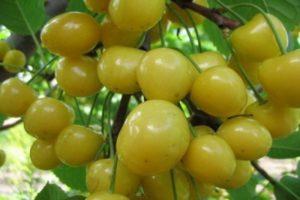

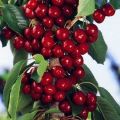
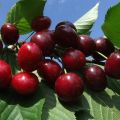
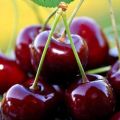
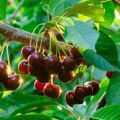
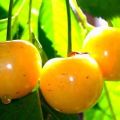
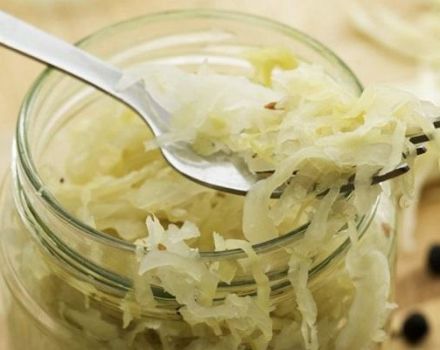

Only this year I have harvested the first harvest of this variety. I was pleasantly surprised, it has a rich color and taste. She did not regret at all that she had dropped her off. I recommend this variety to everyone.